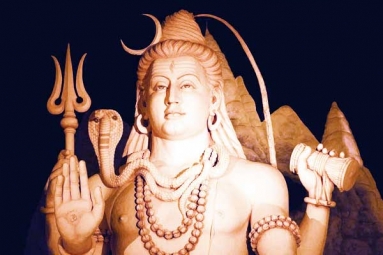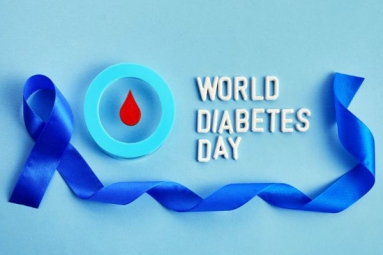Fourth of July 2019: Know History Attached to the American Independence Day
July 04, 2019 16:25
(Image source from: Up with People)
The fourth of July in the United States commemorates the Declaration of Independence of the U.S. on July 4, 1776.
The federal holiday witnesses large scale celebrations with fireworks, various ceremonies, political speeches, games, picnics, parades, family reunions and much more. Various private and public events highlighting the history of the country and its traditions are held on the American Independence Day.
On this National Day, Americans around the world observe the day with great pomp and fervor. Fourth of July 2019 celebrations will in like manner witness large scale celebrations in the country.
History and Significance of American Independence Day
On July 4, 1776, the 13 colonies claimed their independence from England, an occurrence which in time led to the formation of the United States.
When the colonies convened a Continental Congress in Philadelphia in the summer of 1776, the conflict between the colonies and England was already a year old.
In the Pennsylvania State House (later Independence Hall) in a June 7 session, Richard Henry Lee of Virginia gave a resolution with the famous words: "Resolved: That these United Colonies are, and of right ought to be, free and independent States, that they are absolved from all allegiance to the British Crown, and that all political connection between them and the State of Great Britain is, and ought to be, totally dissolved."
Lee's words were the motivation for the drafting of a formal Declaration of Independence, despite the fact that the resolution was not followed up on immediately.
On June 11, consideration of the resolution was delayed by a vote of seven colonies to five, with New York not voting. However, a Committee of Five was nominated to outline a statement presenting to the world the colonies' case for independence.
Members of the Committee included Robert R. Livingston of New York; Benjamin Franklin of Pennsylvania; Roger Sherman of Connecticut; John Adams of Massachusetts; and Thomas Jefferson of Virginia. The job of drafting the actual document fell on Jefferson.
On July 1, 1776, the Continental Congress reconvened, and on the next day, the Lee Resolution for independence was adopted by 12 of the 13 colonies, New York not voting. Thenceforth, some changes were made in the Declaration and in the late afternoon of July, it was officially adopted. Nine colonies out of the 13 voted in favor of the Declaration, Pennsylvania and South Carolina voted 'No', Delaware was uncertain while New York abstained.
John Hancock, President of the Continental Congress, signed the Declaration of Independence. It is said that John Hancock's signed his name "with a great flourish" so England's "King George can read that without spectacles!"
The original copy of the Declaration is today kept in the National Archives in Washington, D.C.
By Sowmya Sangam















